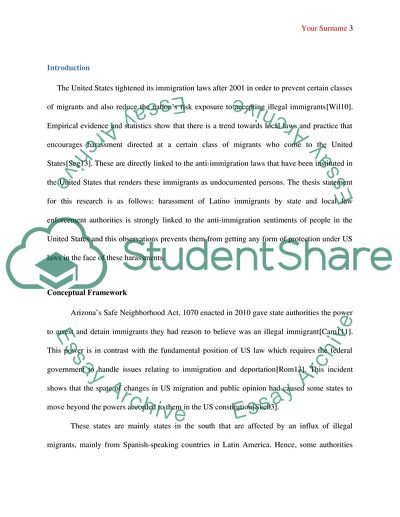Cite this document
(Harassment of Latino Immigrants by the State Research Paper - 1, n.d.)
Harassment of Latino Immigrants by the State Research Paper - 1. Retrieved from https://studentshare.org/politics/1845558-immigration
Harassment of Latino Immigrants by the State Research Paper - 1. Retrieved from https://studentshare.org/politics/1845558-immigration
(Harassment of Latino Immigrants by the State Research Paper - 1)
Harassment of Latino Immigrants by the State Research Paper - 1. https://studentshare.org/politics/1845558-immigration.
Harassment of Latino Immigrants by the State Research Paper - 1. https://studentshare.org/politics/1845558-immigration.
“Harassment of Latino Immigrants by the State Research Paper - 1”, n.d. https://studentshare.org/politics/1845558-immigration.


